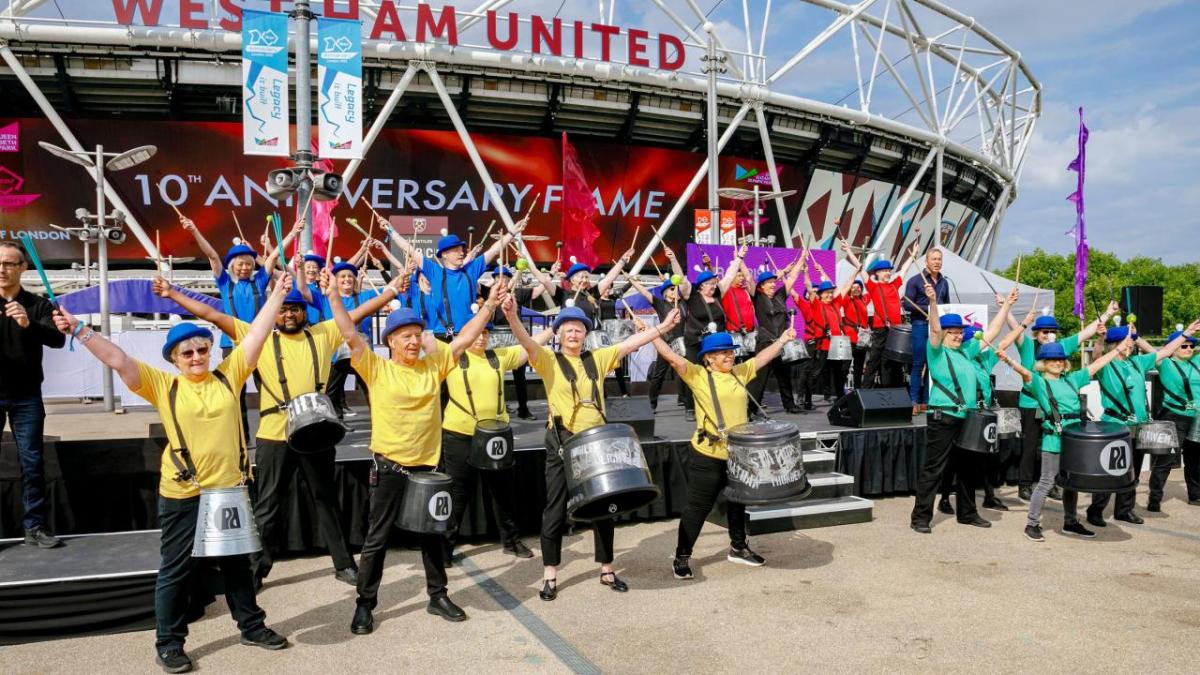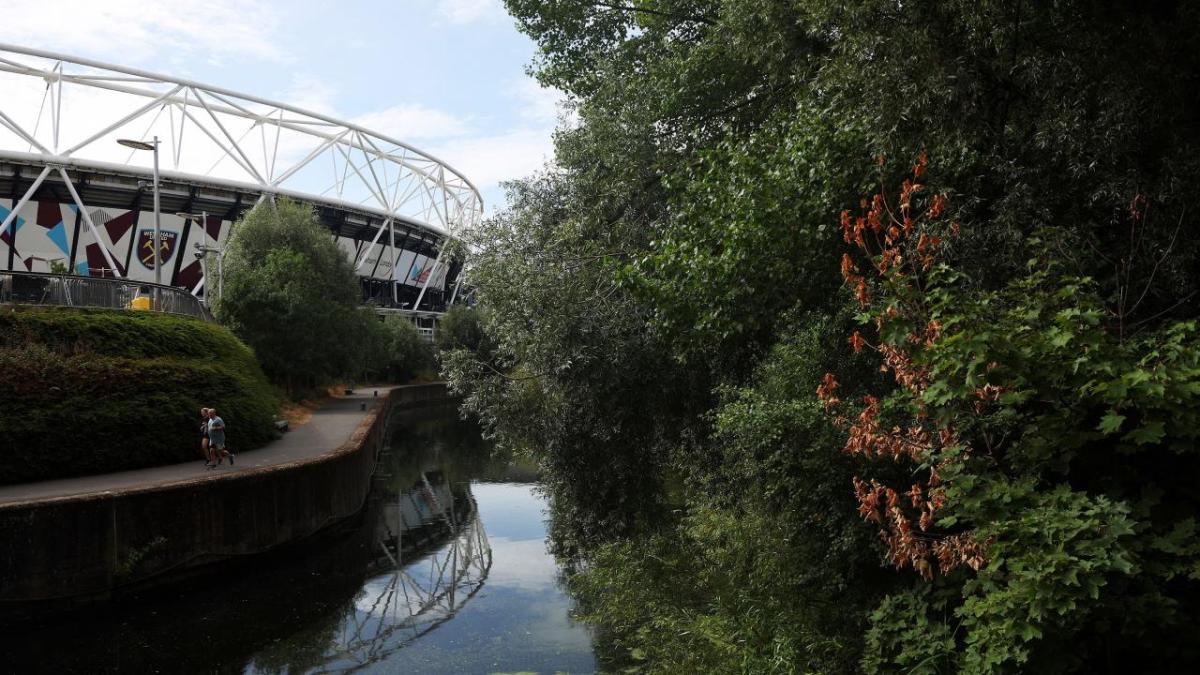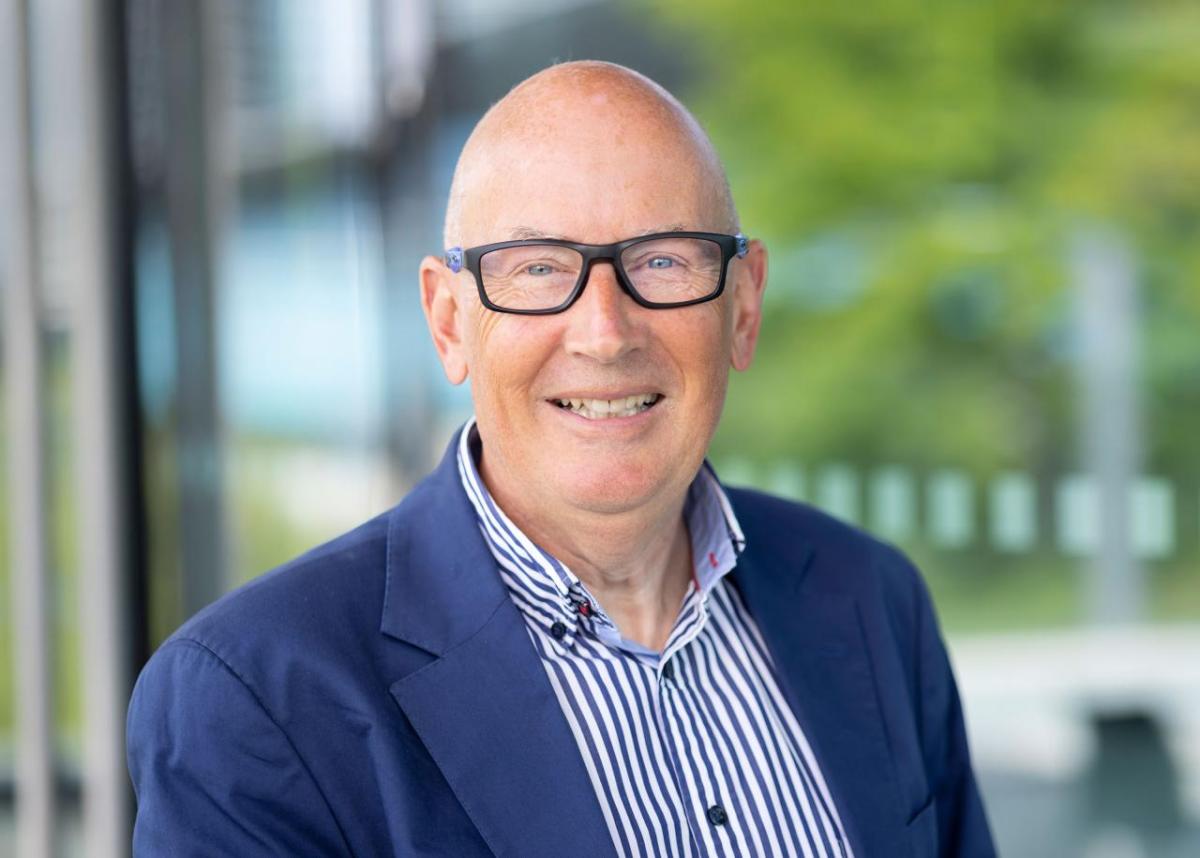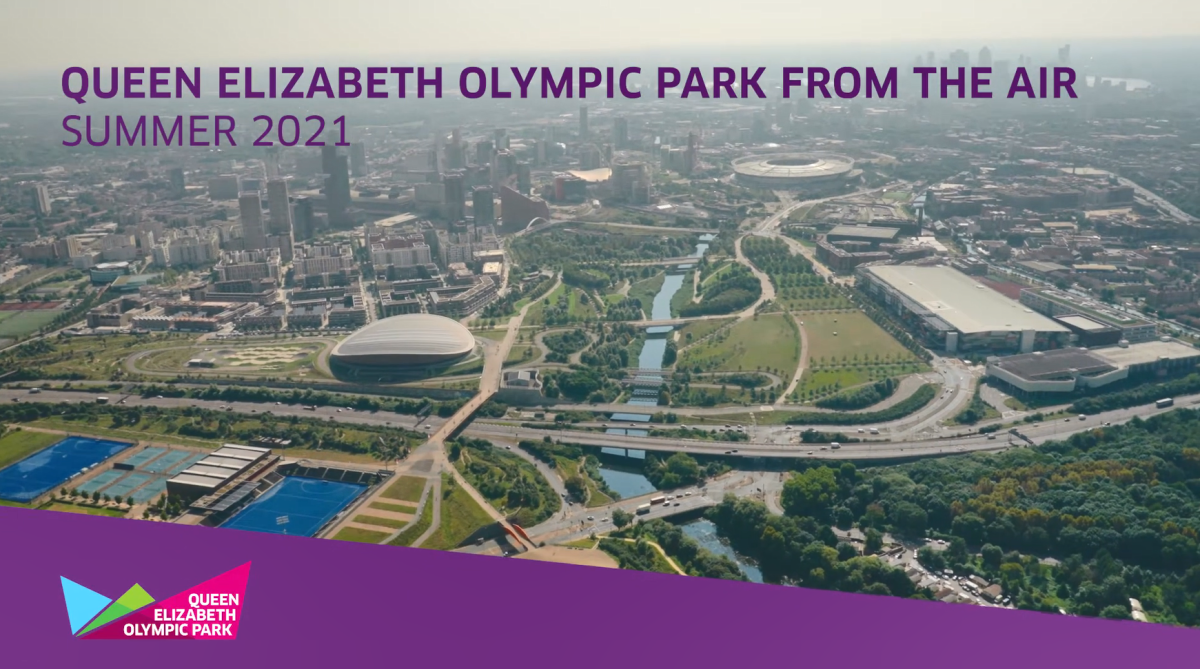Changing the Face of a City
Bill Morris considers how the Olympic Games, and other mega events, can have a positive and long-term impact on the host city.
International Olympic Committee news
Anticipation and trepidation – in equal measures – pump through my synapses in preparation for any visit to London 2012’s Olympic Park. Why such strange chemistry prompted by mundane journeys across the Central Line train to Stratford over the last decade? The reasons are both deeply personal and now academic. In each case they relate to long-term impacts of the Olympic Games on this world city, and any city as it addresses the profound issues of sustainable urban development.
For thousands who worked on the London Games (and, I suspect, any Olympic Games), our experiences – challenging, exhausting and euphoric – are seared forever into our DNA, life-changing, career-defining, and deeply engrained with the physical space of the Olympic Park. So it is that with every return to the stadium that hosted Danny Boyle’s extraordinary Opening Ceremony, the sporting triumphs that followed and an even more remarkable festival of benign, neo-national pride, I worry.
If, emerging from Stratford Station into the Park, I were ever to find it windswept, unloved, lonely and gathering tumbleweed, imagine the personal grief – the deflation and rupture of so much London 2012 human capital.
If that’s a profoundly human emotional equation, it’s also the capsule version of proper evaluation of the lasting impact of an Olympic Games on its urban community – an evaluation I have been fortunate to explore in recent years. An Oxford University post-graduate research project, and my role as a commissioner on the United Kingdom’s National Inquiry into the social impact of events, provided the vehicles to ask if global mega events cannot just be more sustainable, but also spearhead social and physical sustainability for their host communities.
For Oxford University I took the Games of London and Rio as primary case studies, while also running a rule over plans for Paris, LA and Brisbane. Mixed method research, grounded in a review of extant evidence, featured 36 in-depth interviews with leaders from all perspectives of hosting, mounting and evaluating Olympic Summer Games.
In parallel, the National Inquiry (sponsored by “The Spirit of 2012 Trust”) spent 14 months exploring the impacts of events, large and small in all corners of the UK, taking witness from participants, communities, experts and academics. It looked not just at sporting events, but the UK’s “City of Culture” programme and galvanising national events such as the Royal Jubilee celebrations. The question in common was how to optimise positive lasting value from the high-octane catalyst of all mega events and, particularly the biggest of all, the Olympic Games.
All of which takes me back to London’s East End. As the train doors open on a vista of the Queen Elizabeth Olympic Park (as it is now known), there is a sea of diverse humanity – shoppers crowding the vast mall; office workers, armed with oat milk lattes, heading for the freshly gleaming corporate towers; youthful urbanistas on a beeline for the new galleries and cultural centres; families – picnics in hand – eyeing up the prime spots among the wildflower meadow parkland; and athletes, fans and volunteers on well-trodden paths to famous sports venues.
Once again, my worries are groundless. The park is humming with life, cherished and punctuated with cranes that promise yet more development. The 2012 urban planners located this new community at the nexus of a remarkable public and active transport system, regenerated long-abandoned and deeply poisoned brown-field sites, built social as well as market housing (much of it for rent), mixed employment, education, retail, technology, culture, sport and health around London’s first major urban park for decades. Most (though not all) observers and academics concur that the QE Park is working and offers a model of urban sustainability.
Sadly this is not the common media image associated with all major event impacts, so what are the lessons to be drawn from London’s QE Park? Firstly, it is the result of a clear, long-term vision. At the turn of the new millennium, London’s Mayor only supported a London Olympic bid because he saw the opportunity for a 30-year regeneration programme for the city’s impoverished East End. The need was profound and he judged that hosting a global mega event was his only way to secure commitment and resources.
Next was the requirement for appropriate, dedicated governance structures, exhibiting clear ownership and accountability for the project – not just in first-phase construction, but for long-term development. The Olympic Development Authority and LOCOG (the Games Organising Committee) ran the first shift, handing over neatly, post-Games, to the London Legacy Development Corporation, which remains as the planning and oversight body more than a decade later. Built into the structure was a model that provided hypothecated funding and a modicum of insulation from the hurly-burly of party political vacillation.
Based on this and other testimonies in my own research and the findings of the UK National Inquiry, what advice should be shared with future Games and other mega-event hosts?
- Look well ahead to the long-term sustainable development needs of your community (whether physical, social or economic) and carefully assess the extent to which event hosting could be the catalyst you need. If so, see the Games not just as an event, but as the pivot point for a 20- or 30-year sustainable development programme.
- The Olympic Games (and other mega events) cannot be a panacea, so pick a realistic shortlist of major sustainability targets (public health, climate change/ net-zero, public transport, social equity or others drawn from the United Nations’ Sustainable Development Goals, all spring to mind) and forge consensus around the main focus.
- Build governance structures for the long term, balancing and integrating the needs of event delivery with long-term planning and social cohesion.
- Ensure that funding streams and political consensus are in place for the long haul – not just the event.
- Don’t forget that the main event has to be successful to drive any lasting impacts. Long-term planning should help this too.
My research was independent of the IOC, but it bodes well that the Olympic Movement is showing a lead by adopting many of these principles not just in advice to future potential hosts, but in its own vision and planning for future Olympic Games. Seeing such events carefully curated as potent catalysts for sustainable communities is not only good news for cities, but will facilitate a further era of Olympic success and more sustainable Games.
By way of post-script, sharp-eyed readers may have noticed a gap in my musings – the absence of the word “legacy”. While the concept around legacy has never been more pertinent, there was consensus among interviewees in my research that the term itself is beyond its “use-by date” – not reflective of the extended planning period before as well as after Games, and too often deployed as ill-defined, post-hoc, virtue-signalling. Discuss…
And while that debate begins, I will gird my emotional loins for the next visit to London’s QE Olympic Park.
Bill Morris was the Director of Ceremonies, Culture, Education and Live Sites for London 2012. He has been a Senior Advisor to the IOC for the last decade. He is a Trustee of Spirit of 2012 and recently completed a Masters Degree in Sustainable Urban Development at the University of Oxford.
The findings of the UK National Inquiry into the social impact of events can be found at www.spiritof2012.org.uk. A copy of Morris’s Oxford research can be accessed at the Olympic Studies Centre.
This article is an edited version of a third-party contribution that first appeared in the Olympic Review. The articles published in the Olympic Review do not necessarily reflect the opinions of the International Olympic Committee.






